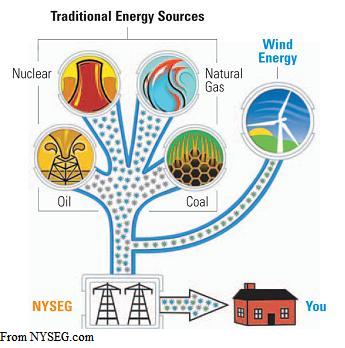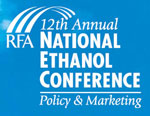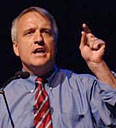A cellulosic ethanol demonstration plant broke ground Friday in Jennings, Louisiana – the first of its kind in the United States.
Massachusettes-based Celunol Corporation also celebrated the grand opening of the nation’s first cellulosic ethanol pilot facility. Celunol officials were joined in the celebrations by dignitaries from federal, state and local government, including Louisiana Governor Kathleen Babineaux Blanco.
 “These two milestones mark a significant step forward for Louisiana and our nation,” said Governor Blanco in a news release. “Cellulosic ethanol represents a new way to pursue the goals of increased energy security and economic development for our rural economy, while protecting the quality of our environment. We congratulate Celunol and its partners on these milestones, and look forward to the growth of this promising new industry here in Louisiana.”
“These two milestones mark a significant step forward for Louisiana and our nation,” said Governor Blanco in a news release. “Cellulosic ethanol represents a new way to pursue the goals of increased energy security and economic development for our rural economy, while protecting the quality of our environment. We congratulate Celunol and its partners on these milestones, and look forward to the growth of this promising new industry here in Louisiana.”
Renewable Fuels Association president Bob Dinneen also congratulated the company on the accomplishment.
“To achieve the goals for renewable fuel use put forth by President Bush and Members of Congress, it will take the commercialization of cellulosic ethanol technology,” said Dinneen. “That commercialization took a big step forward today.”
When completed, the combined facilities will have the capacity to produce nearly 1.5 million gallons of cellulosic ethanol a year.
With a nominal production of 50,000 gallons per year, the pilot facility will further refine technology to convert biomass such as sugarcane bagasse, wood chips and other abundant biomass sources into ethanol. The demonstration facility will use locally-grown energy cane and sugarcane bagasse in ethanol production.


 “The wind energy programs at NYSEG and RG&E are a natural fit with our commitment to do all that we can to protect the environment,” said Jim Laurito, president and CEO of NYSEG and RG&E. “We are pleased to be able to offer this environmentally friendly, renewable energy option to our customers.”
“The wind energy programs at NYSEG and RG&E are a natural fit with our commitment to do all that we can to protect the environment,” said Jim Laurito, president and CEO of NYSEG and RG&E. “We are pleased to be able to offer this environmentally friendly, renewable energy option to our customers.” It’s official – the 12th Annual National Ethanol Conference has a new blog.
It’s official – the 12th Annual National Ethanol Conference has a new blog. Archer Daniels Midland Co…. ADM… is already the largest ethanol producer in the U.S. Now, company officials want to become a major player in the international biodiesel market.
Archer Daniels Midland Co…. ADM… is already the largest ethanol producer in the U.S. Now, company officials want to become a major player in the international biodiesel market.  Here’s a truly inspirational story. A group of students in Salt Lake City bought a bus on eBay to use for class trips. Now, the students at City Academy are even making their own biodiesel to drive the thing! Check out
Here’s a truly inspirational story. A group of students in Salt Lake City bought a bus on eBay to use for class trips. Now, the students at City Academy are even making their own biodiesel to drive the thing! Check out  According to the U.S. Department of Agriculture’s latest projections, ethanol will dominate the farm economy for the next decade.
According to the U.S. Department of Agriculture’s latest projections, ethanol will dominate the farm economy for the next decade.
 Colorado motorists will soon have 40 more pumps to fill up with 85 percent ethanol.
Colorado motorists will soon have 40 more pumps to fill up with 85 percent ethanol. Arizona-based
Arizona-based